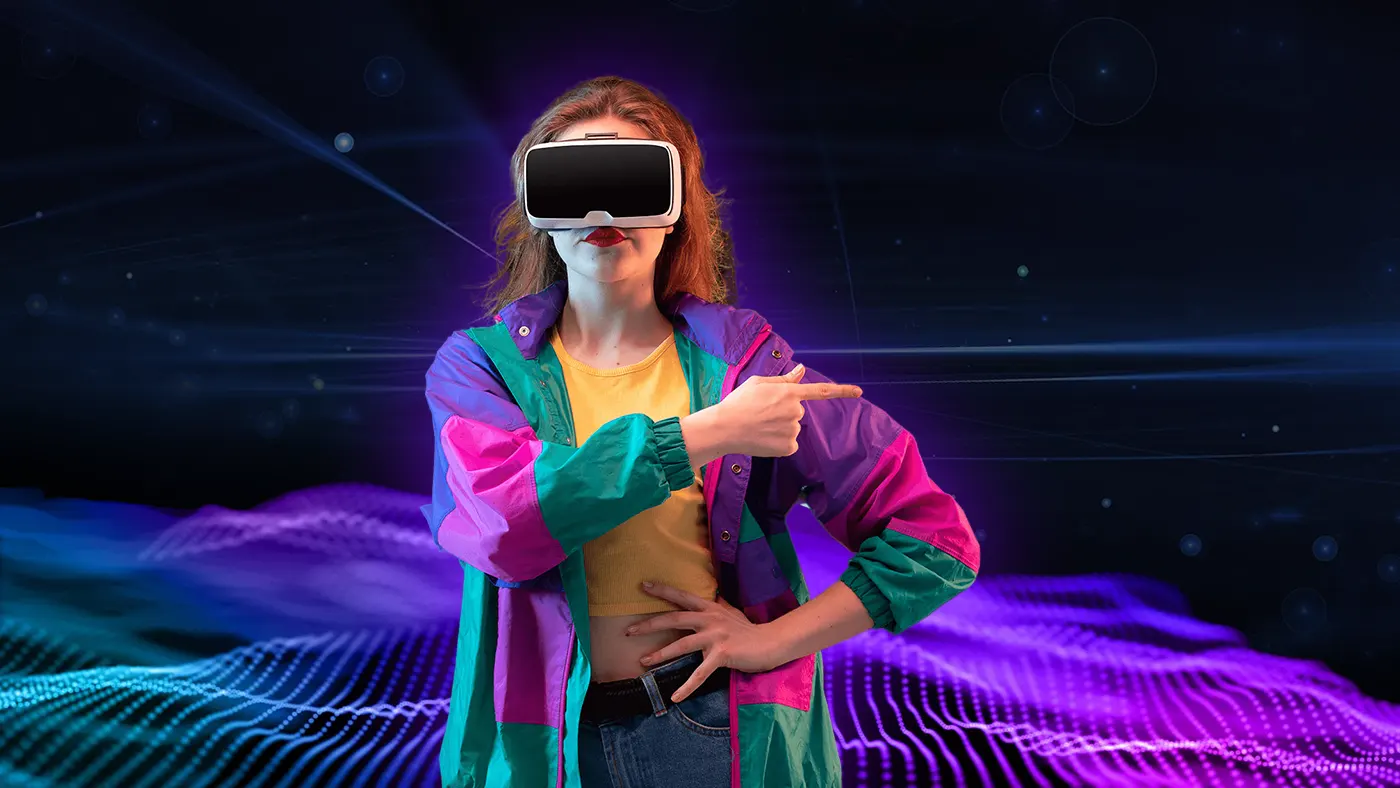Digital to Physical Assets
Not a day goes by where we don’t hear about bitcoin in the news or from a friend who has a hot tip on a new cryptocurrency. The past few years have seen an increase in the popularity of digital assets such as cryptocurrency and Non Fungible Tokens (NFTs). Direct shares and managed funds are also digital assets.
Book Your AppointmentDigital assets vs. Physical assets: what's the difference?

We hear about digital assets every day. Indeed, this industry is actively developing. In addition to cryptocurrencies, we also observe the development of other types of digital assets. For example, we are talking about non-fungible tokens (NFTs), managed cryptocurrency funds, security tokens, etc.
Digital assets
Digital assets are intangible, but they can also provide ownership of an asset. Digital asset examples include JPEG images, PDF files, videos, cryptocurrencies, tokens, etc.
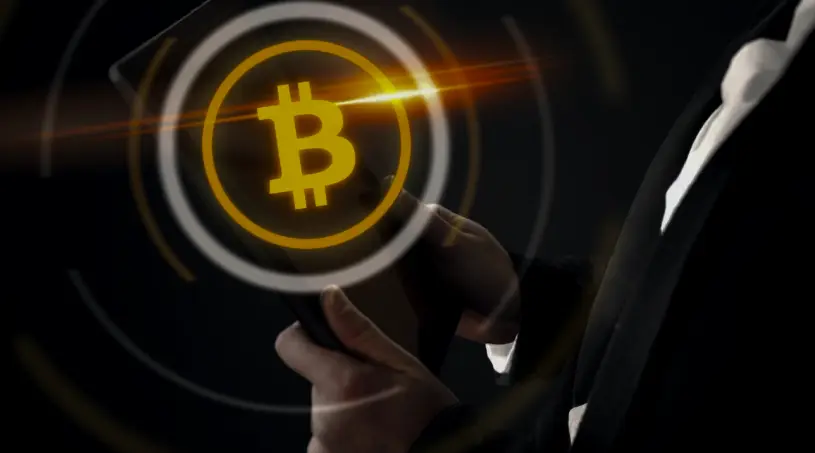
Low costs. As a rule, the commission for buying or selling digital assets from brokers and exchanges is lower compared to physical assets such as real estate or stocks.
Liquidity. There is always a demand for digital value, so you can sell them at the right time without any problems.
Physical assets
Physical assets include real estate, stocks, precious metals, and currencies that you own physically, as well as luxury goods. It is a fact of owning them that gives people a sense of security since these objects are really material – they can be seen and touched.
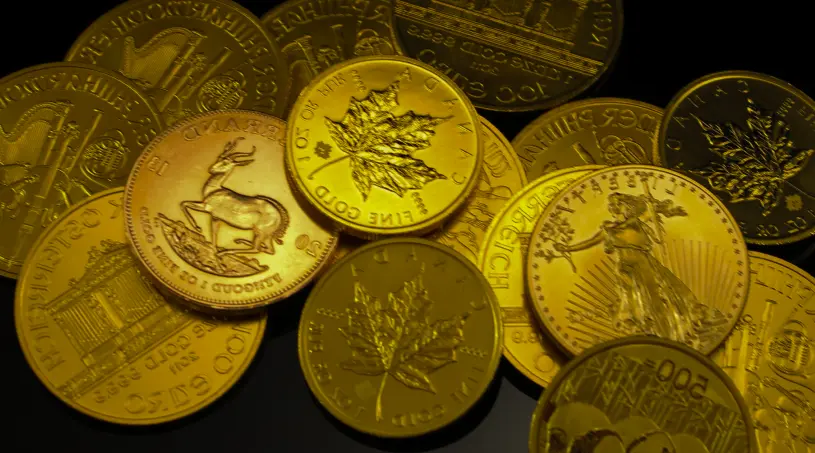
Acceptability. These assets are used for investments worldwide, so they can be sold anywhere.
Possibility of real use. You can use the physical currency in another country, move into an apartment you've bought for investment (if there is such a need), or wear gold jewelry.
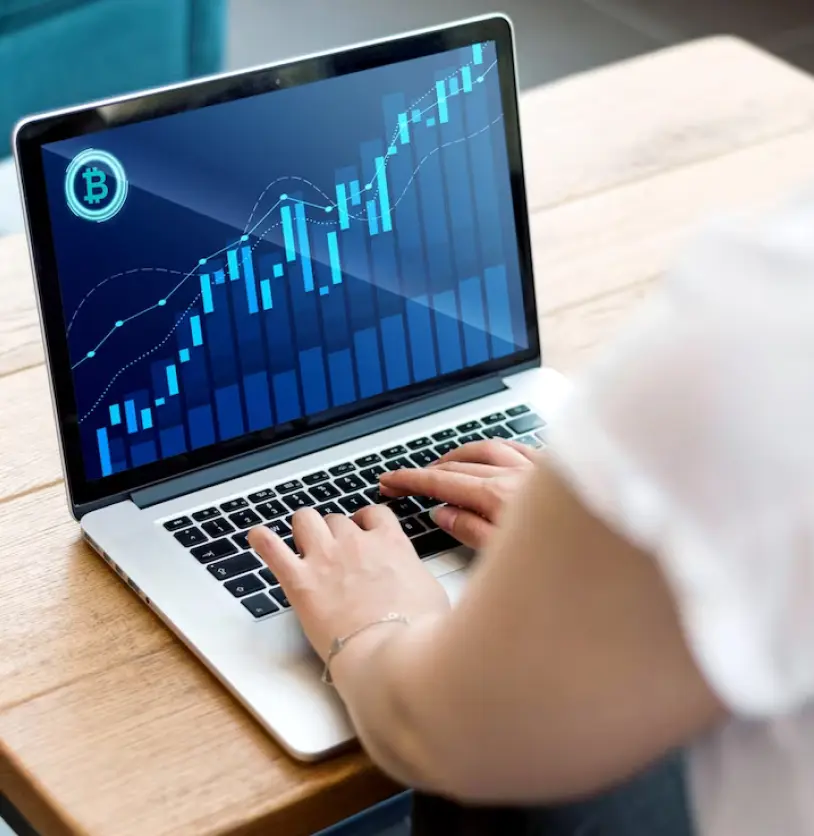
Various focuses
Digital assets are primarily focused on external factors. The main threat to them is hacking and theft of assets. Of course, it is also possible to hack databases from the inside, but first of all, the security of such assets requires protecting digital assets against external threats. It is not uncommon to outsource this functionality to third-party security providers.
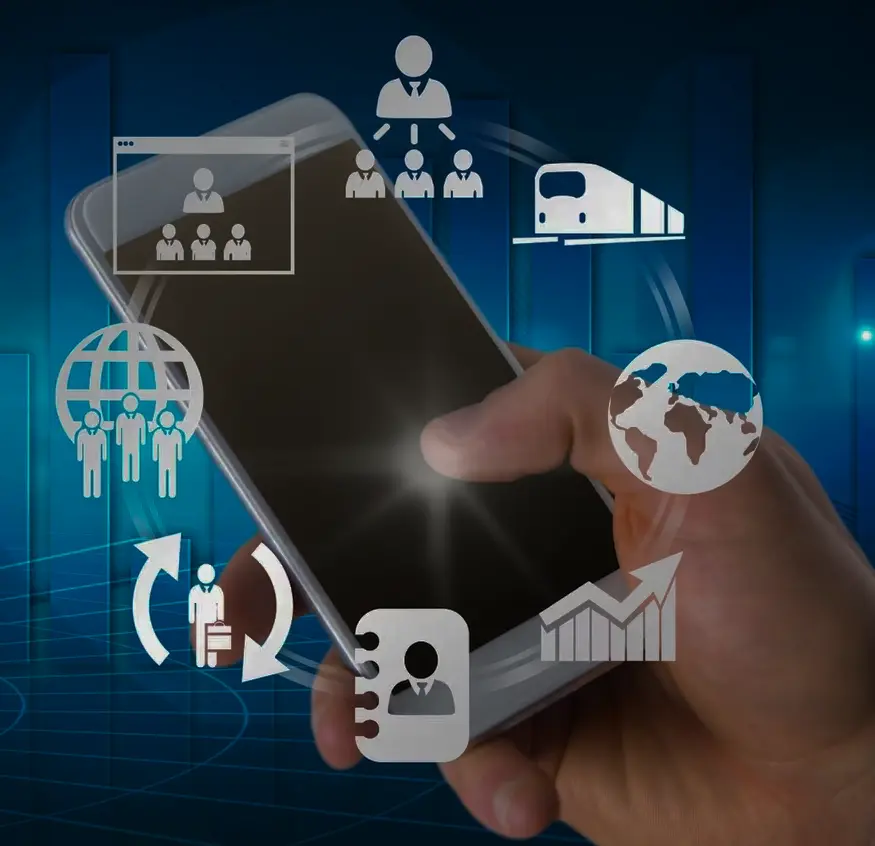
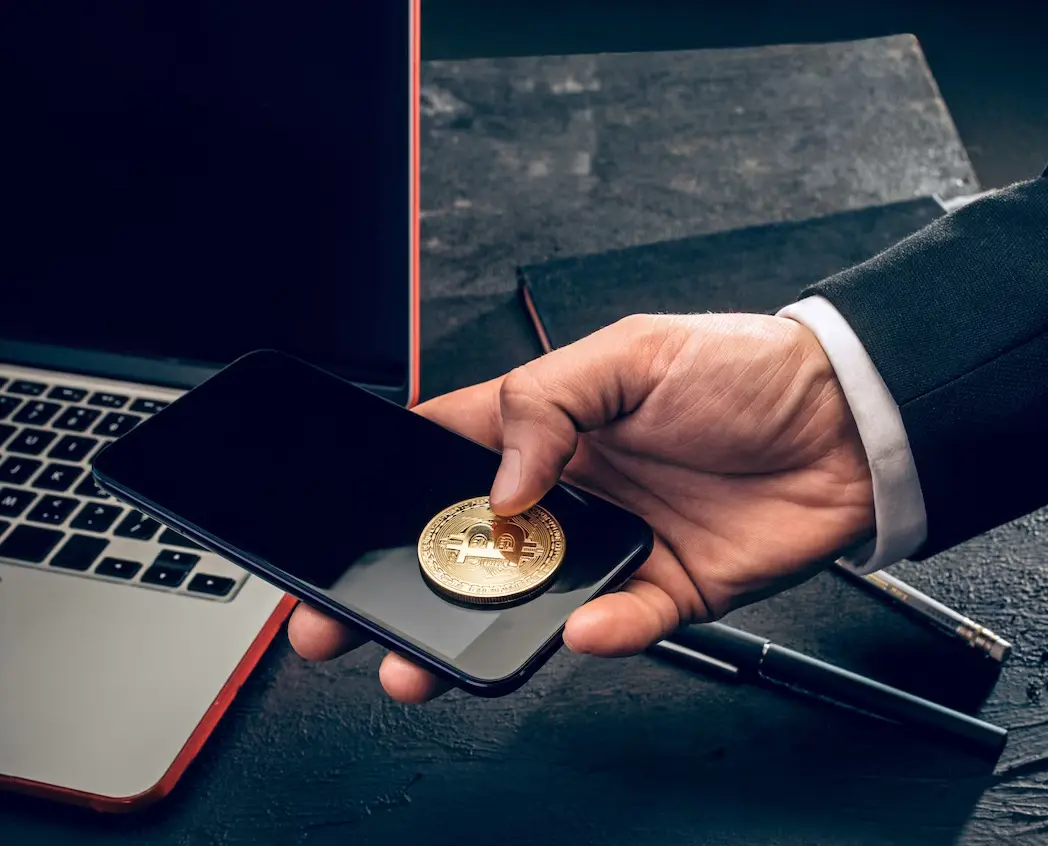
Various protection methods
There are many ways to compromise digital value. This makes protecting digital assets quite tricky and requires high financial costs. However, not all systems are the same. Different assets require different degrees of protection. Some are better protected from possible attacks by default; some are worse. According to McKinsey, it is vital that company management provides control over the search for vulnerabilities and regularly requests security analysis reports.
Unlocking the value of physical assets as digital tokens
Today, it takes one click to buy an airline ticket or a new sweater, but if you want to buy stocks or get a mortgage, transactions are more time intensive. Whether it’s waiting for documents or settlement, many types of transactions aren’t instant. Assets like gold, real estate, fine art, or carbon credits are more difficult to transfer, often obligating buyers and sellers to contend with mountains of paperwork and lengthy procedures. By representing physical assets as digital tokens on a distributed digital ledger or blockchain, it’s possible to unlock the value of real-world assets and to exchange them in real time.

